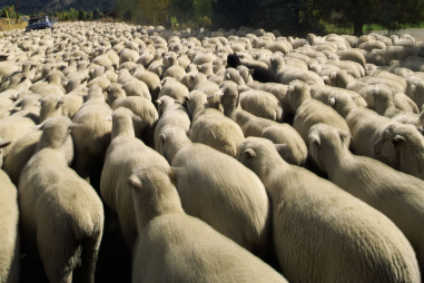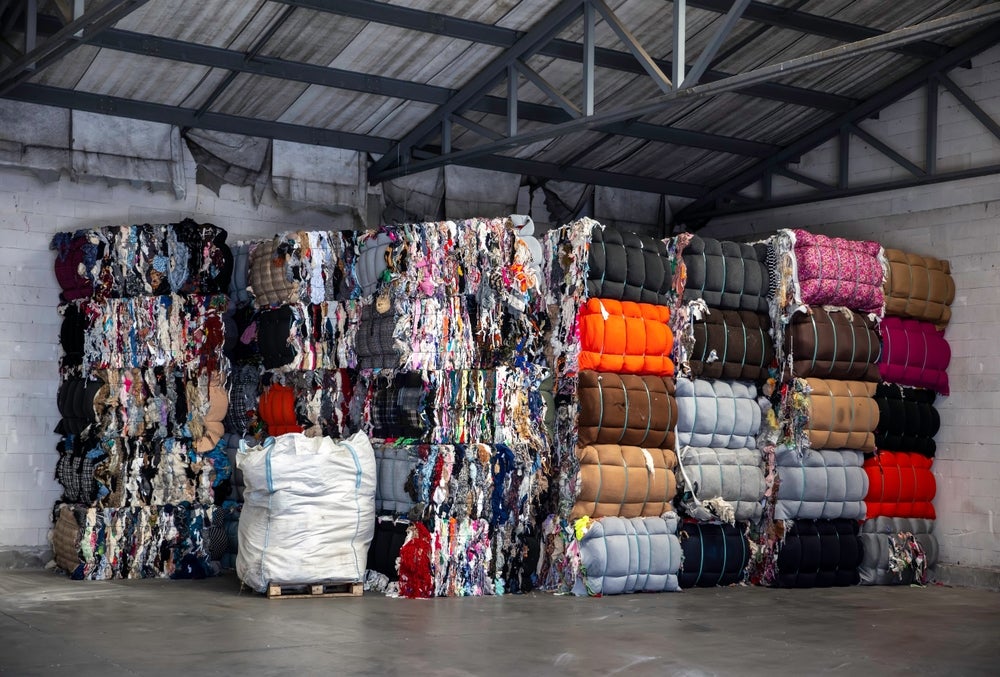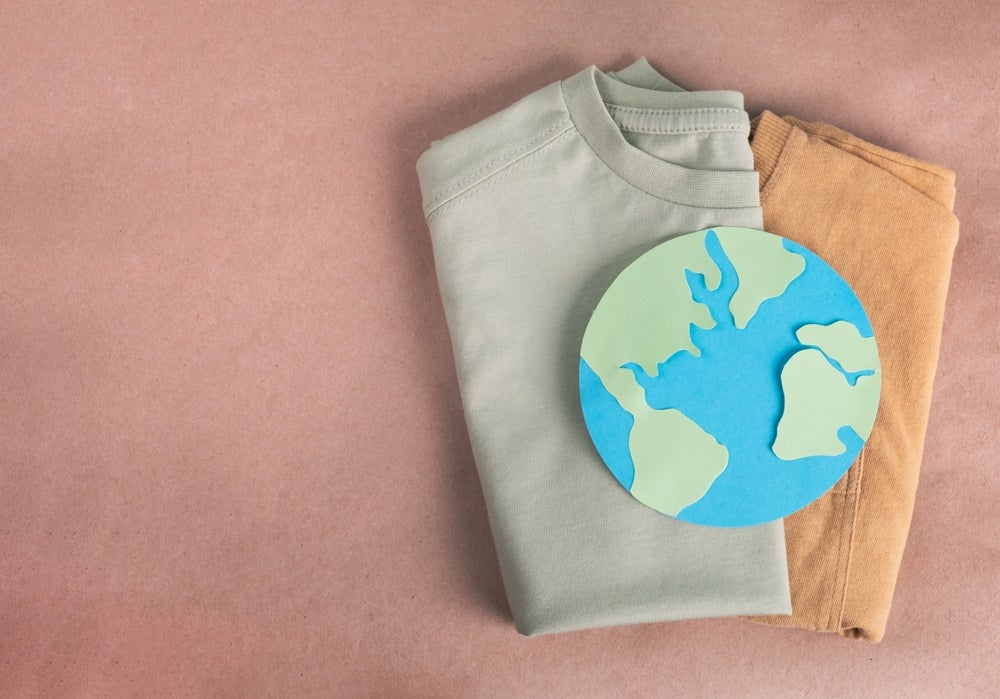
Wool producers in Australia are stockpiling wool and avoiding auction sales as they battle a downturn in prices and demand.
The Australian wool industry is one of the world’s largest and highest quality producers of the raw fibre, delivering exports worth AUD4.15bn (US$2.6 billion) in 2018-19, according to Australian government figures.
An April report from Australia’s Rural Bank said that before the coronavirus crisis, 76% of Australia’s wool was exported to China in 2019, 6% to India, and 5% to Italy.
The importance of China has grown during the pandemic, with India and Italy closing their borders to wool exports from Australia and retail demand collapsing in key markets for woollen products such as the UK, the European Union (EU) and the US.
China, meanwhile, is reopening its manufacturing sector, with Chinese government statistics indicating the country has got a grip on the disease’s spread.
How well do you really know your competitors?
Access the most comprehensive Company Profiles on the market, powered by GlobalData. Save hours of research. Gain competitive edge.

Thank you!
Your download email will arrive shortly
Not ready to buy yet? Download a free sample
We are confident about the unique quality of our Company Profiles. However, we want you to make the most beneficial decision for your business, so we offer a free sample that you can download by submitting the below form
By GlobalDataSee Also:
Indeed, trade with China continued even throughout the worst of that country’s Covid-19 crisis. Many wool mills in China reopened on 10 February, after an extended Chinese New Year break, although there were subsequent closures towards the end of the month.
“The Australian wool market has now experienced significant impact on prices, with the Eastern Market Indicator dropping around 22.5% since the third week of February,” WoolProducers Australia CEO, Jo Hall, told just-style.
Weighing on wool
Hall suggests that even if the Chinese manufacturing sector continues to recover, and developed world consumer markets revive after the pandemic, it could take time for the wool market to get back to normal, given an anticipated lack of discretionary retail spending, with personal budgets being tight.
Another problem facing Australia is that in recent months it has been buffeted by drought, bushfires and floods, with Covid-19 hitting when many wool producers were already weakened. Uncertainties surrounding the trade war between the US and China has also weighed on Australian wool prices.
The Rural Bank report said of the estimated impact of Covid-19 on Australian agriculture: “Weak global economic sentiment, combined with phased shutdowns of processing facilities have collectively weighed on the Australian wool market.”
Moreover, the WoolProducers Australia CEO reports that ‘pass in’ (sales folding because bidders do not reach a buyer’s minimum price) and withdrawal from sale rates have been quite high in recent weeks, and that there have been much smaller offerings at auctions.
“This indicates that woolgrowers are withholding wool resulting in a build-up in stock,” Hall explains.
She is also concerned that some livestock producers might quit wool altogether due to the continued slide in prices. “There is a risk that wool producers may consider looking to alternate industries such as sheep meat, beef or grains in which to make an income.
That said, Hall is convinced a healthy core of production will remain. “Woolgrowers are very resilient and there will always be those that stick to producing this wonderful product.”
As for the immediate downstream demand for wool, Stuart McCullough, CEO of Australian Wool Innovation, is pessimistic.
“We think that tailored textiles, in the sense of suits and wool sweaters, will take a real hit out of this – if you aren’t going to work, you don’t need a suit,” he told Australian public broadcaster ABC in a recent interview. He believes that the sport and athleisure market will be the first to see an increase in consumption again.
Certainly, the Australian wool industry is well positioned to rebound. It has been able to operate through the pandemic by being declared an essential industry and introducing social distancing rules early. By comparison, New Zealand and South African wool auctions have had to shut down.
Australian government assistance packages have also been rolled out to help wool producers and traders retain staff, and some tax incentives have been offered to help lighten financial losses.








